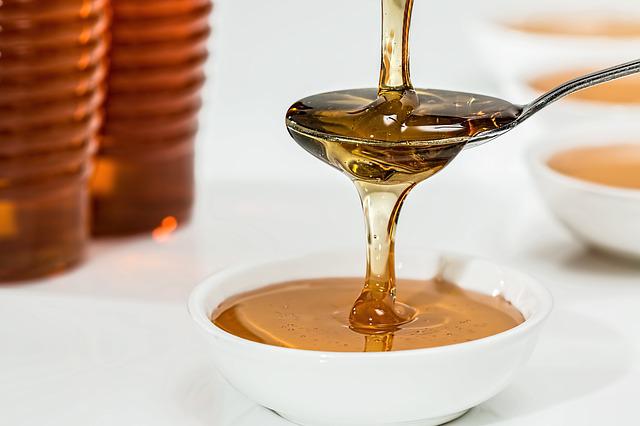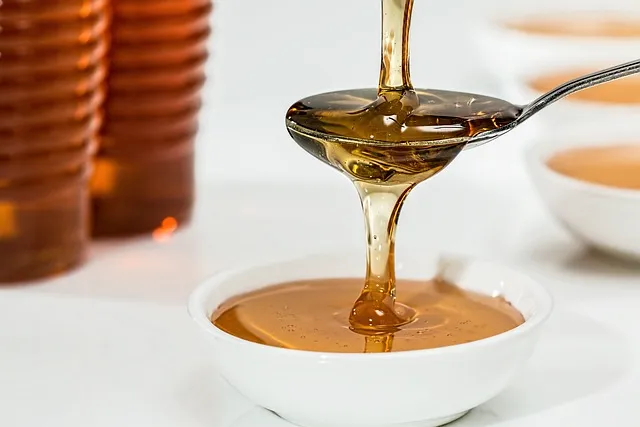Is honey bee poop or vomit?
The industry of honey bees is famed worldwide for its efficiency and valuable products. One of these products is honey, a superfood that has been used for thousands of years without a substitute. Many misconceptions surround how bees make honey; some believe it is the bee’s poop, while others think it is the vomit. In this article, we shall solve this puzzle and know what really happens in the process.
Similar Articles you may like to read –
How much raw honey per day I can eat? How much Honey is safe to eat?
How much honey to put in a tea?
How much honey should you take for a sore throat? Home Remedy
Why do vegans not eat honey?
Can honey carry disease? honey and disease
Is honey bee poop or vomit?
Honey is neither honey bee vomit nor poop. This delicious product is made from flower nectars and stored in honeycombs for bee use. Forager bees collect nectar from flowers and keep it in a special stomach known as a honey stomach, a specialized stomach that operates differently from the digestive stomach. It can hold up to 50% of bee body weight in nectar. That is how they ferry it back to the hive and regurgitate it to the house bee that undertakes the honey-making task. The taste, color, and texture of honey depend on the source of nectar.
How do bees make honey?
Gathering of Nectar
Forager bees collect nectar with their elongated tongue (proboscis) and ferry it back to the hive. They collect nectar from 50-100 flowers on a single trip. It is also mixed with enzymes invertase and glucose oxidase, which break the complex sugars in the nectar into simple sugars.
Nectar is Passed to the House Bees
On reaching the hive, a forager bee regurgitates her harvest to house bees and returns to the field to collect another load. The house bees chew it for about 30 minutes while mixing it with other enzymes from her saliva.
Lowering the moisture Content
While some of the water from the honey is reduced as bees chew it and pass it to each other, it still contains a high water content that must be brought down to about 18%. The house bees spread it on the honeycomb to increase the surface area for evaporation. They also fan the wings to increase airflow and further reduce water content.
Storing and Capping
Once it attains the correct water content, the honey in the honeycomb is capped with beeswax until the colony needs it. Capping prevents honey from drawing moisture from the environment.
How is honey removed from beehive frames?

The process of removing honey from the frames is known as extraction. The frames are uncapped with a knife and then spun with an extractor. The device uses centrifugal force to draw the honey out of combs into a reservoir. A beekeeper can also use the crush and strain method to remove honey from the combs.
FAQs
What are the components of honey?
The main ingredients of honey are sugars( glucose and fructose). Other constituents include minerals, vitamins, enzymes, amino acids, organic acids, and antioxidants. The percentages of individual components depend on the nectar source, although seasonal and environmental factors are also crucial.
More articles you may like to read –
How to Determine honey? How To check the purity of honey?
Bee Pollen Nutrition Facts
Health benefits of eating bee pollen? Is bee pollen good for allergies?
Can you eat honey straight from the hive?
Does honey expire? Can honey be ok after 12 months?
What are the different types of honey?
There are more than 300 categories of honey that vary in taste, flavor, and odor. Each of these boasts a set of health and nutritional benefits. They are grouped by their floral origin. However, there can be a difference in taste for honey extracted from the same type of flower from the different regions. Some categories of honey include:
- Acacia honey
- Alfalfa honey
- Manuka honey
- Basswood honey
- Buckwheat honey
- Dandelion honey
Why do bees make honey?
Honey bees make honey for their own use. They keep reserves for the cold winter months, in times of dearth, and when the weather is unfavorable. In winter, there are very few flowers from which bees can collect nectar. Again the bees huddle together to keep warm when the temperatures are freezing.



